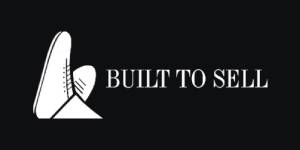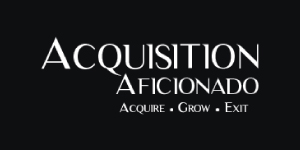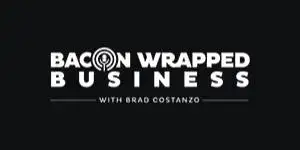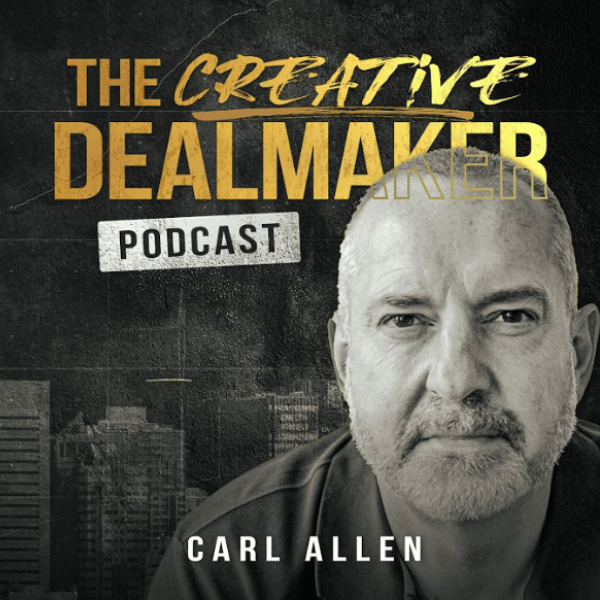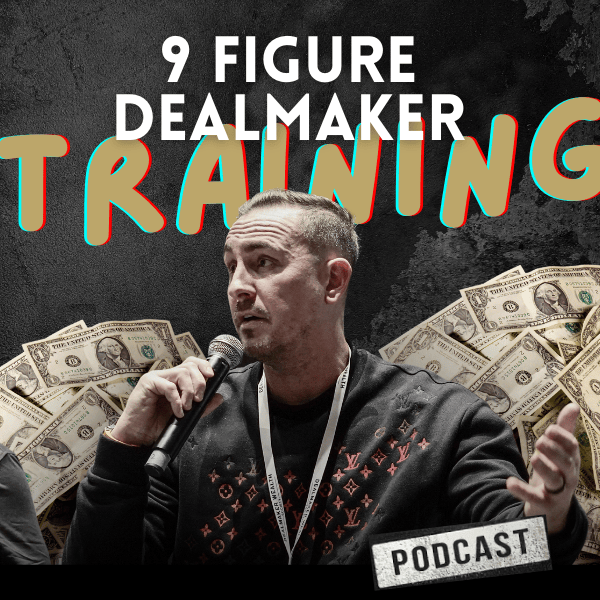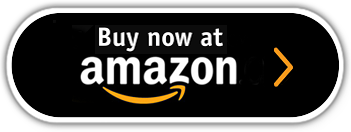
Guess what the two most popular business buying searches are on BizBuySell.com?
Gas stations and laundromats.
I have nothing against either. But for me, both types are too small to just acquire one location.
The owners of such businesses are typically also the operators. The only way to work ON those businesses as an owner-investor and make real money is to buy LOTS of them.
That is a roll-up — a collection of small businesses within the same niche.
The goal of a roll-up is to do two things:
- Generate economies of scale
- Eliminate overhead within a single site that can be shared centrally.
Let’s look at an example…
Assume you are considering buying a laundromat with the following income statement:
Revenue $500,000
Cost of sales ($150,000)
Overhead ($300,000)
Profit (EBITDA) $50,000
A business like that would be worth a 3X multiple at most, so let’s say $150K (3 x $50K).
Now assume you acquire five laundromats with the same income statements.
If each were stand-alone and had no synergies with the others, the combined income statement might look like this:
Revenue $2.5M
Cost of sales ($750,000)
Overhead ($1.5M)
Profit (EBITDA) $250,000
So here again, the combined entity would be worth a 3X multiple, so $750K (3 x $250K).
But in reality…
A roll-up SHOULD have a TON of economies of scale.
With a rebrand for the now chain of laundromats and maybe a loyalty club or more effective marketing, it will be easier to grow the combined business.
For the sake of the example, let’s assume a minimum of 20% revenue growth for the chain within 12 months.
That growth represents $500K ($2.5 million x 20%) of additional revenue — the equivalent of an EXTRA location.
Next, when it comes to cost of sales, you will get much better prices (and terms) if you are buying detergent for five locations compared to one. Assume a 10% minimum savings here.
So if detergent costs you $250K for five locations, after renegotiating terms for the combined entity you would save $25K.
Your overhead — in particular the machine rentals — would massively change by at least 20%. Let’s assume that’s a $100K savings at minimum.
Additionally, you would only need one CPA, one HR person, one lawyer, consolidated insurance, combined marketing activity for all five locations, and so on.
All this alone will save at least another $250K of overhead.
Let’s summarize:
Incremental Revenue $500K
Cost of Sales Savings $25K
Overhead Savings $350K
Total Savings $875K
Now, let’s look at the revised (and consolidated) income statement for the combined entity:
Revenue $2.5M + $500K = $3.0M
Cost of sales ($750K – $25K) = ($725K)
Overhead ($1.5M – $350K) = ($1.15M)
Profit (EBITDA) $1.13M
With greater than $1M in profit, this business is now probably worth a 5X multiple…
Making the roll up worth $5.6M (and change).
Not bad.
Remember, each location WAS worth $150K… $750K in total to buy all five.
Had you used your own cash, your return on investment (ROI) inside of 12 months would be… ($5.6M / $750K) – 1 = 650%, or 6.5X your original investment.
But assume you had 66% leverage (debt), meaning you invested $250K and financed the rest either with seller financing or a cash flow lend. (Laundromats have few to no assets so you can’t use traditional assert-based lending.)
NOW your ROI would be: ($5.6M / $250K) – 1 = 2150% — a whopping 21.5X your investment inside of 12 months.
That’s AMAZING!
Roll-ups can work in lots of industries that are primarily business-to-consumer (B2C), though some will require you to find a licensed partner. These industries include gyms, laundromats, gas stations, coffee shops, chiropractors, day care centers, dentist offices, veterinary clinics, opticians, etc.
Roll-ups CAN also work in select business-to-business (B2B) categories. (Again, watch for license requirements.)
B2B industries include CPA firms, law firms, marketing agencies, HR firms, IT services, etc.
So, that’s a roll-up and how you can profit from it.
Happy hunting.
Until next time, bye for now.
